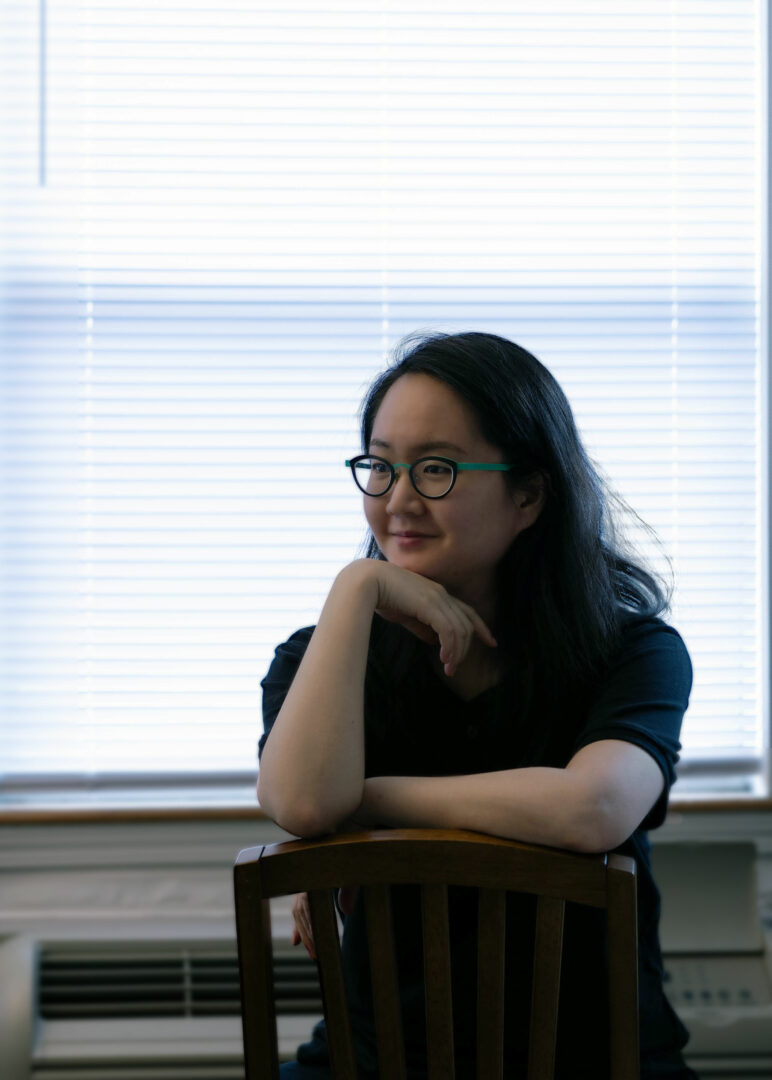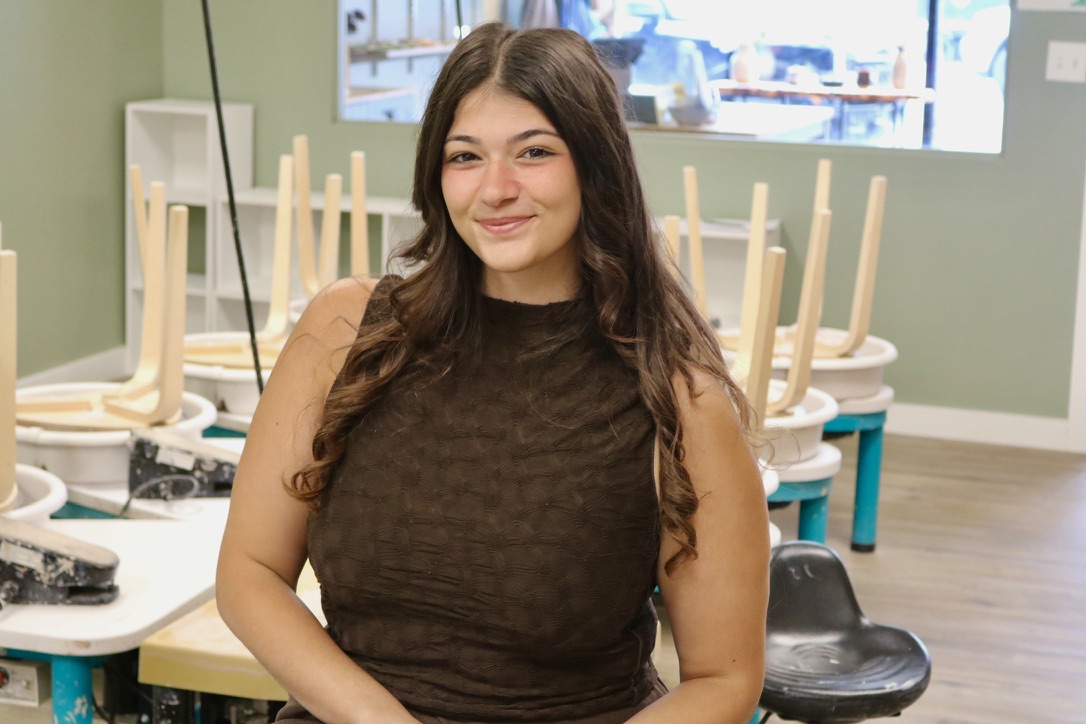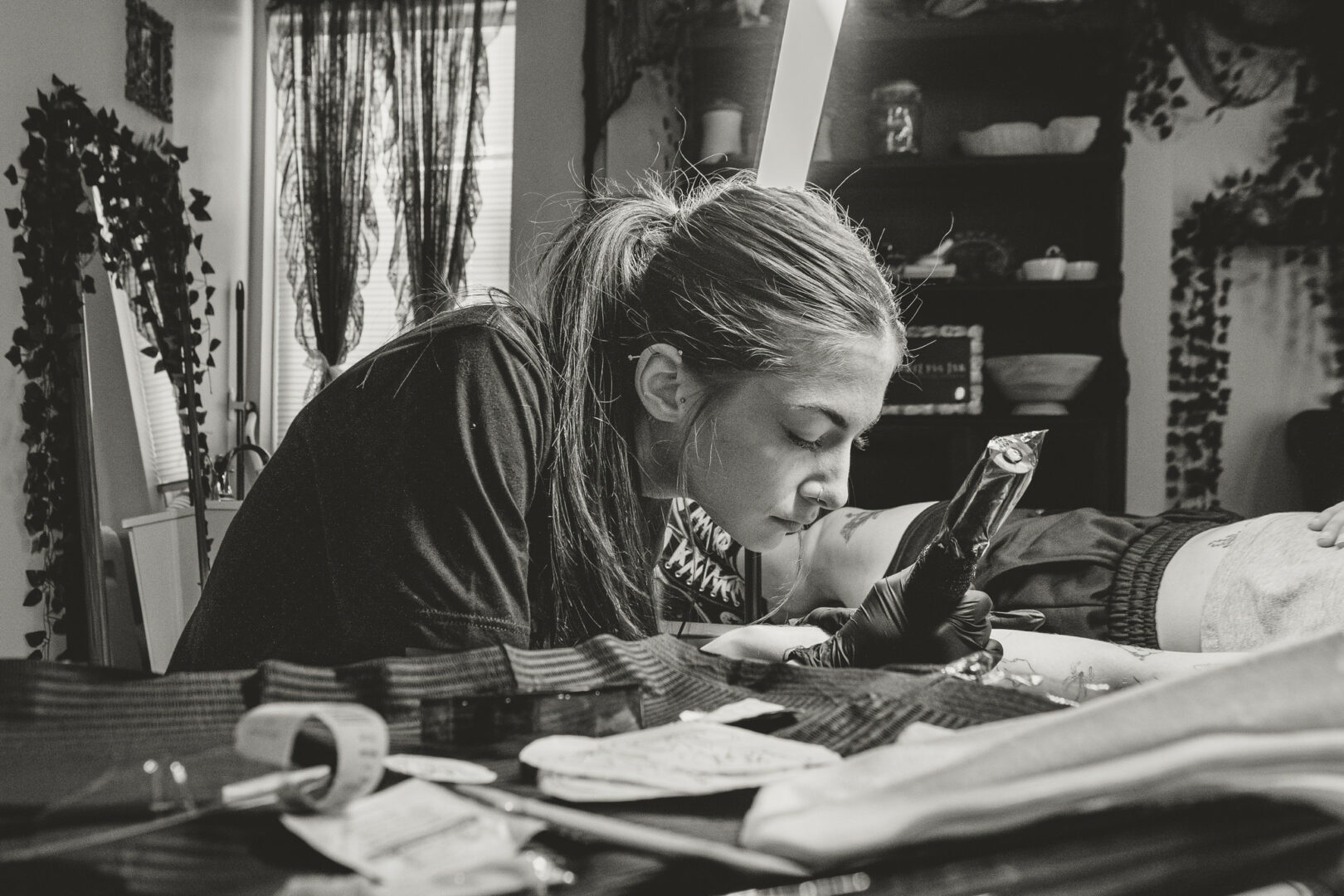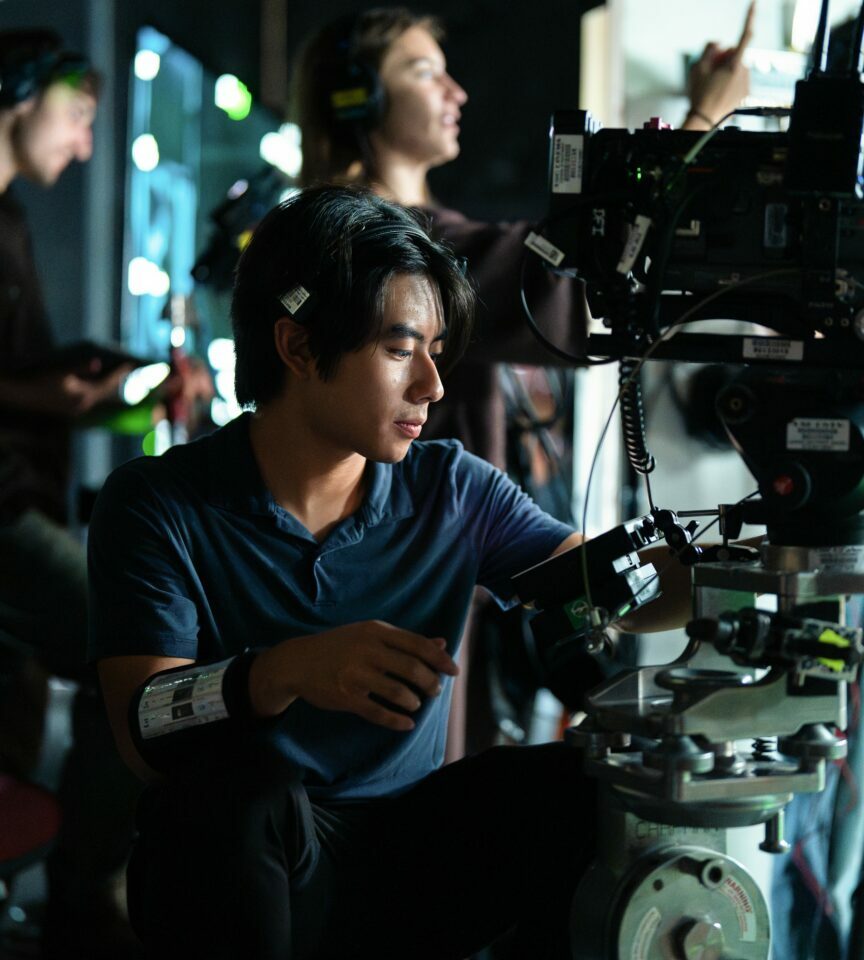We caught up with the brilliant and insightful Minah Park a few weeks ago and have shared our conversation below.
Hi Minah, really happy you were able to join us today and we’re looking forward to sharing your story and insights with our readers. Let’s start with the heart of it all – purpose. How did you find your purpose?
I found my purpose by paying close attention to what bothered me the most. Whether it was something seemingly trivial or a deeply unresolved experience, I chose not to ignore those feelings. Instead, I treated them as starting points—problems to understand and work through. My creative journey began as a way of processing those lingering questions, translating them into material and form.
In that sense, art became both a tool for problem-solving and a way to connect with others who might share similar concerns. This process feels meaningful to me because I believe that resonance can spark dialogue—and even plant small seeds of positive change.
Appreciate the insights and wisdom. Before we dig deeper and ask you about the skills that matter and more, maybe you can tell our readers about yourself?
My name is Minah Park, and I’m an interdisciplinary artist based between South Korea and the United States. My practice spans object-making, installation, printmaking, and video, with a central focus on the idea of the body as a container. Lately, I’ve been drawn to digital devices and their components as metaphors for bodily extension—vessels that carry emotion, memory, and a longing for control. This interest emerged from small, everyday moments. A fleeting observation can unexpectedly spark a cascade of ideas, eventually taking shape in my work. For example, I realized how much of myself seemed embedded in my iPhone. I carry it constantly, and without it, I feel disoriented—almost powerless. After relocating across continents, it became my primary means of staying connected to loved ones. All those experiences changed how I understood technology—not merely as a tool, but as something deeply entangled with how we feel and remember. From this perspective, I believe that to grasp something, we must first contain it. This instinct—sometimes futile—speaks to our desire for control and fear of loss. In response, I’ve been making semi-transparent sculptural forms that feel both fragile and resilient: containers for the intangible.
My work has been presented in solo and group exhibitions, including both a solo and group show at Paris Koh Fine Arts in New Jersey, as well as group exhibitions at 205 Hudson Gallery, SeMA Storage, Seogyo Art Center, HoMA (Hongik Museum of Art), and Haenghwatang, an independent venue known within Seoul’s emerging art scene. I was awarded a year of access to the Robert Blackburn Printmaking Workshop by the Elizabeth Foundation for the Arts. I was also selected through open calls by the Seoul Museum of Art and the Seoul Foundation for Arts and Culture for their respective exhibition and studio programs.
This summer, I’ll be showing work in The Iconic Symbol of Me at Dagao Art Zone in Beijing. In the fall, I’ll participate in a group exhibition at the Korean Community Center Gallery in the U.S., which highlights diasporic Korean voices. Another exhibition in Seoul is currently under discussion for the end of the year.
Looking back, what do you think were the three qualities, skills, or areas of knowledge that were most impactful in your journey? What advice do you have for folks who are early in their journey in terms of how they can best develop or improve on these?
First, resilience—staying with the work even when it feels uncertain or unresolved. I’ve learned that persistence is a form of belief. This resilience helped me develop my artistic voice by continually engaging with the initial “bothersome” feelings I mentioned earlier. Second, I value my ability to draw connections between seemingly unrelated things—what I call “linking.” Much of my creativity comes from observing overlooked details in everyday life and noticing patterns across culture, behavior, or technology. These unexpected connections often lead to new insights and directions in my work. Third, hands-on problem-solving. My process involves a lot of trial and error: testing materials, adjusting forms, and solving technical puzzles. It’s physical labor, but also mental and emotional—this is how I process my thoughts.
For those just starting out, I would say: don’t give up. Stay consistent in a way that works for you, and listen to what your deeper self is saying. What’s bothering you may actually be the beginning of your creative path.
All the wisdom you’ve shared today is sincerely appreciated. Before we go, can you tell us about the main challenge you are currently facing?
One of my biggest current challenges is refining and deepening my artistic practice. I feel a strong urge to sharpen my visual language and push my ideas beyond what feels familiar or comfortable. I’m searching for a core question—or a set of questions—with enough complexity and emotional weight to sustain a lifetime of exploration.
Recently, while working on a series of semi-transparent container forms, I noticed myself repeating certain shapes and gestures that felt too safe. That moment made me pause and ask: am I still being honest in this process, or just reproducing what I know works? These kinds of internal checks are uncomfortable, but necessary. They remind me to keep evolving—not just producing.
To move forward, I try to stay consistent in the studio—showing up, experimenting, and making room for both breakthroughs and missteps. I also take time to reflect on what truly drives me, so I don’t lose sight of what matters most in my work. Along the way, I’ve been fortunate to receive feedback from mentors and critics—including one who described my work as showing “rigorous attention to the details,” which meant a lot to me. Moments like that remind me I’m on the right path, even when the process feels uncertain. I believe that by pushing past this current plateau, I can create work that resonates more deeply and meaningfully with a broader audience.
Contact Info:
- Website: minahpark.studio
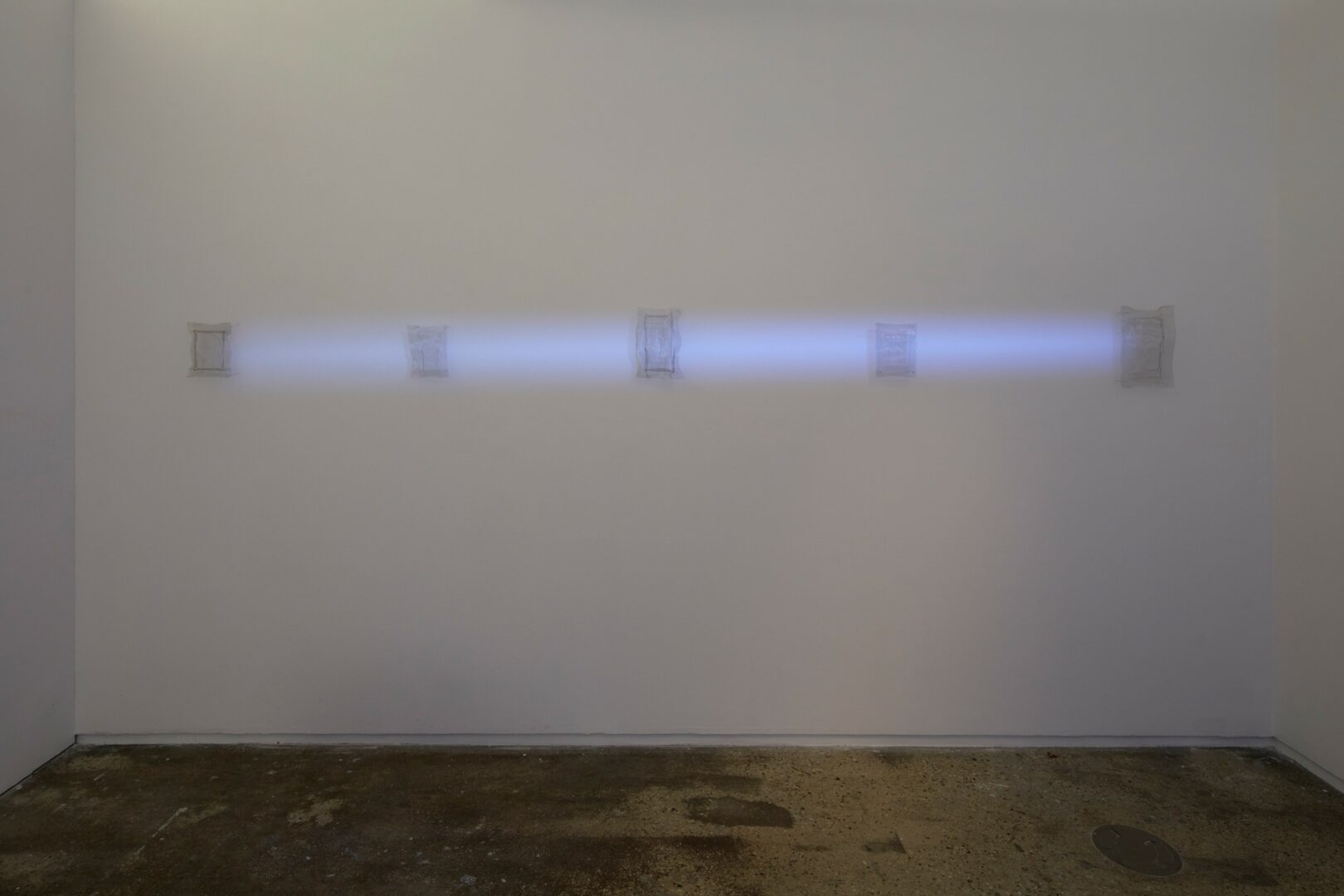
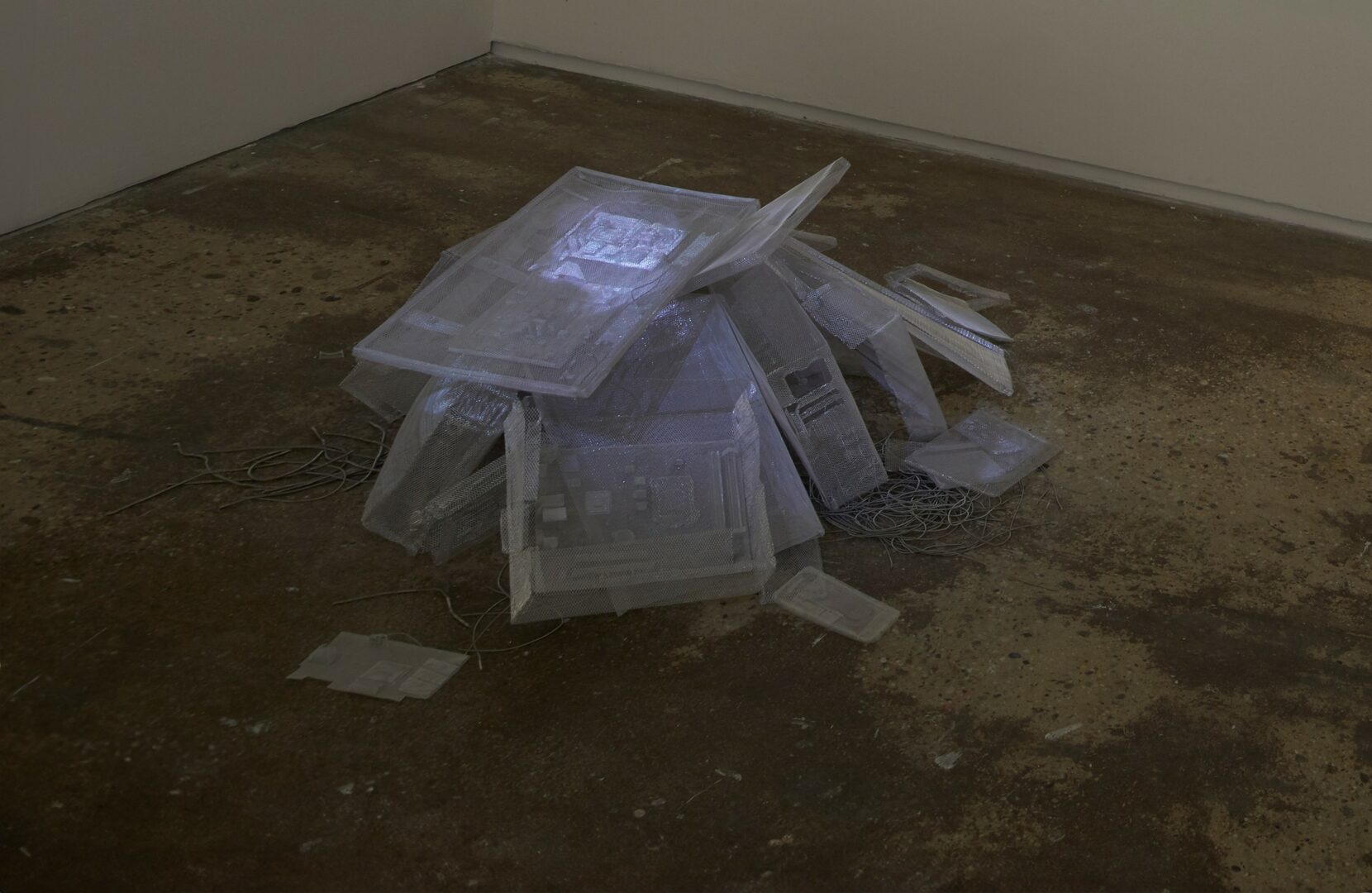
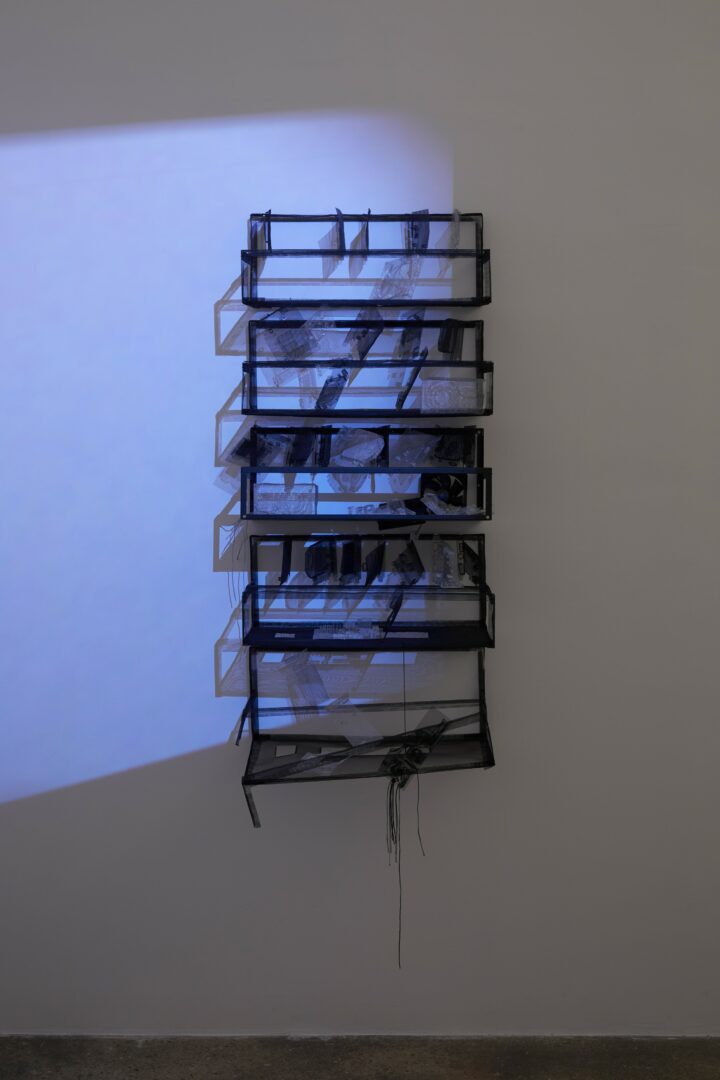
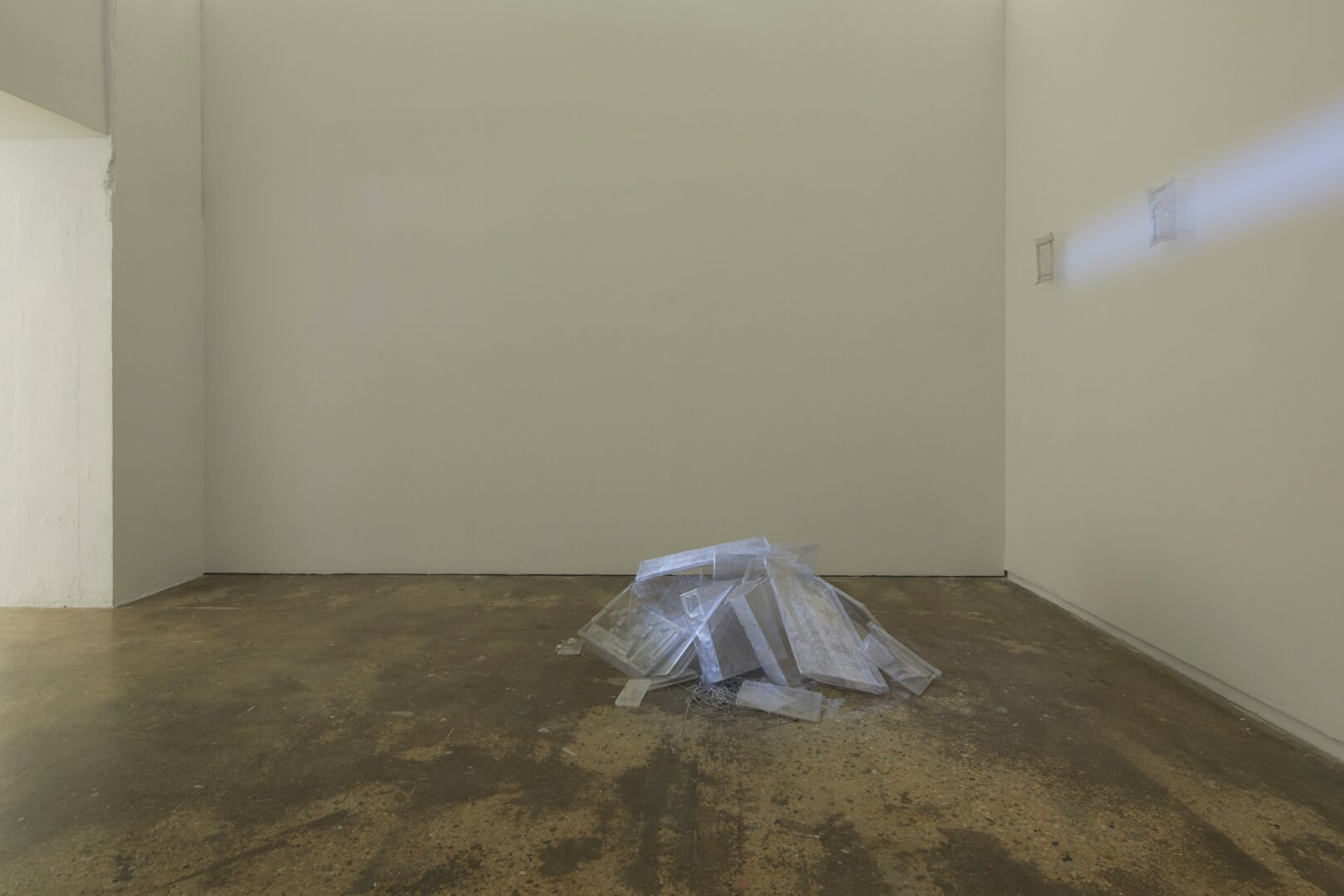
Image Credits
Minah Park

